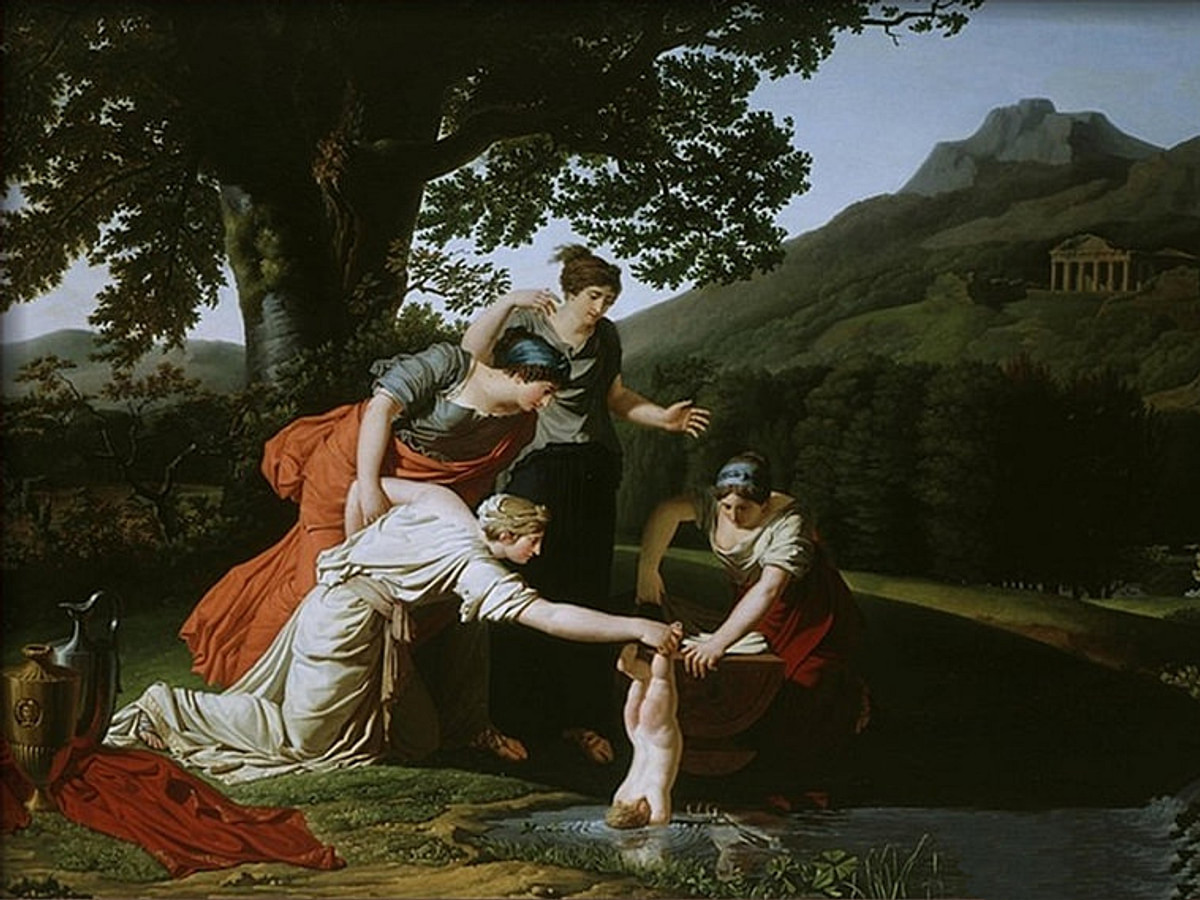
Recently, the New York Times published a profile of a particularly advanced new embryo screening company, Orchid. The premise? Stop having children the old-fashioned way; screen every embryo for potential health risks, from serious and rare neurological conditions that could rob one of sight or hearing, to more common issues like obesity or autism, to minor risks of various cancers. In other words, the time has arrived for optimizing children—first by carefully selecting the perfect embryos and implanting only those in the mother.
Pro-life critics rightly noted one obvious issue with this proposal: this process of careful testing and selection involves destroying embryos that do not meet the very high bar. Or, to use, a clearer term, murder is simply an accepted part of the procedure. Indeed, IVF always involves destruction of embryos, because the practice explicitly relies on creating more embryos than could possibly be used. Catholic News Agency has crunched the numbers to conclude that “more human embryos destroyed through IVF than abortion.” True, IVF without embryo destruction is possible—but it would be even more expensive than the practice already is.
At the same time, as ethicists like Charlie Camosy have long argued, the modern world, including America, has a baked-in disdain for disability, around which much of abortion advocacy revolves with the concomitant disdain for poverty. Screening for genetic disorders and disabilities has been a regular part of prenatal testing for over two decades now, and women whose children may have conditions like Down syndrome are regularly counseled to abort. The Orchid approach to optimizing children, in other words, is only the latest step down the road of eugenics we have been on for some time.
As an ancient historian, though, I must note that the desire to optimize children is not particularly new, even if our technology is novel. Rather, children have been optimized since the days of Greek mythology, when Thetis dipped baby Achilles in the river Styx, rendering him invulnerable all over his body, except that heel by which she held him during the mythical optimization procedure. We know the results: the super-bath created the perfect hero, who could only be harmed on one spot in his body.
But while the quest for perfect children is not new, our questioning of whether it is ethical to do so is relatively novel—and unique to the Judeo-Christian worldview. Put simply, Christianity alone possesses the theological anthropology to resist the commodification (Orchid-ization) of children because only Christianity, through the doctrine of the imago Dei, sees all persons as made in the image of God, not just the useful ones. For much of history, apart from the spread of Christianity, the idea of optimizing children through whatever (limited) means available did not phase anyone. Today, it is only because of millennia of theological reflection on humans as made in the image of their Creator that, even for many non-Christians, there remains an instinctive sense that human life shouldn’t be treated with such utilitarianism. This is why debates about the status of embryos are so confused to all parties involved—we all feel, even if we cannot quite explain why, that we were not meant to talk or think about human beings in this way.
Apart from Christianity, however, such callous language makes perfect sense. Perhaps the most powerful example of this mentality comes from the Roman Republic. In the mid-fifth century BC, the Roman Republic passed its first legal code, the Twelve Tables. Assembling in one code the most common laws essential for the healthy functioning of the state, it included one table—Table IV—specifically on paternal power. It noted that paterfamilias had absolute power over all living under his roof. But there is one unusual (to our eyes) clause included in this law: “A notably deformed child shall be killed immediately.”
The Romans practiced infant exposure, to be sure, and abortifacients were also available. But these practices involved options—or, to use the modern lingo, choice. By contrast, Table IV, in issuing this particular command about killing “a notably deformed child” gives no choice at all to the father of the family. The way this law is stated, no exceptions are available; the law must be obeyed—or else.
This particular law makes it clear: disabled children were a hindrance to the Roman state, to the point that even a family that would have had the resources to care for such a child and might have wanted to do so would not have been allowed to make that choice.
What a striking contrast this is with our world. Yes, there is much callousness in the conversations surrounding embryos and screening for disabilities in pregnancy, even as the callousness is sometimes perversely presented as a mercy. But we cannot overlook the significance of disagreements on this issue. Unlike the Romans in their agreement over Table IV, our society is not unified in agreement over Orchid or any of the other ethical issues surrounding IVF, egg freezing, surrogacy, artificial wombs, and more. This disagreement is a good sign and an important opportunity—if Christians will take it.
Christians should take note of the current uncertainty of bioethics debates and argue from a theologically-informed but universally accessible position for the sanctity of life. In our age when technological advancements outstrip attempts at regulation, Christians have a unique opportunity to speak the gospel into a world that is deeply conflicted otherwise about the value of humanity (as opposed to AI) and the preciousness of all people. And at the same time, Christians can explain the futility of attempting to create the perfect human—because we know that sin affects all. Even that perfect lab-tested embryo.